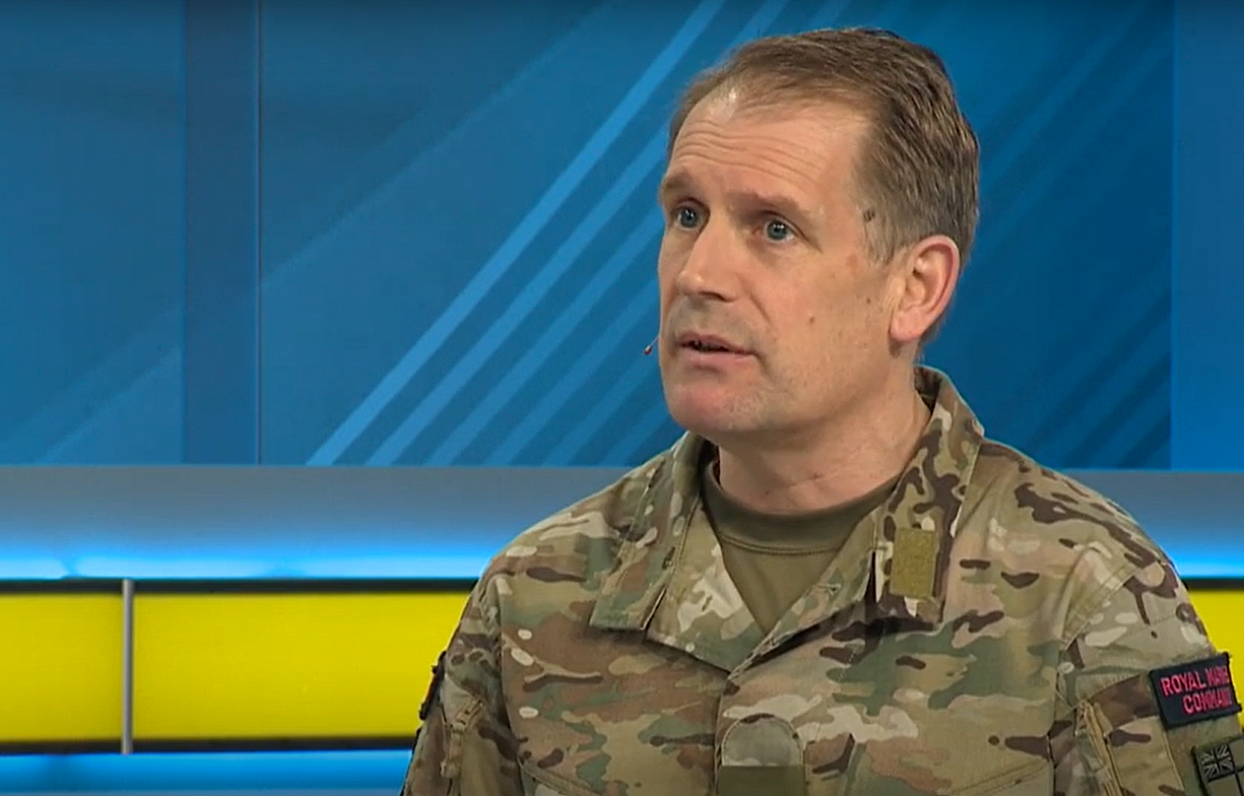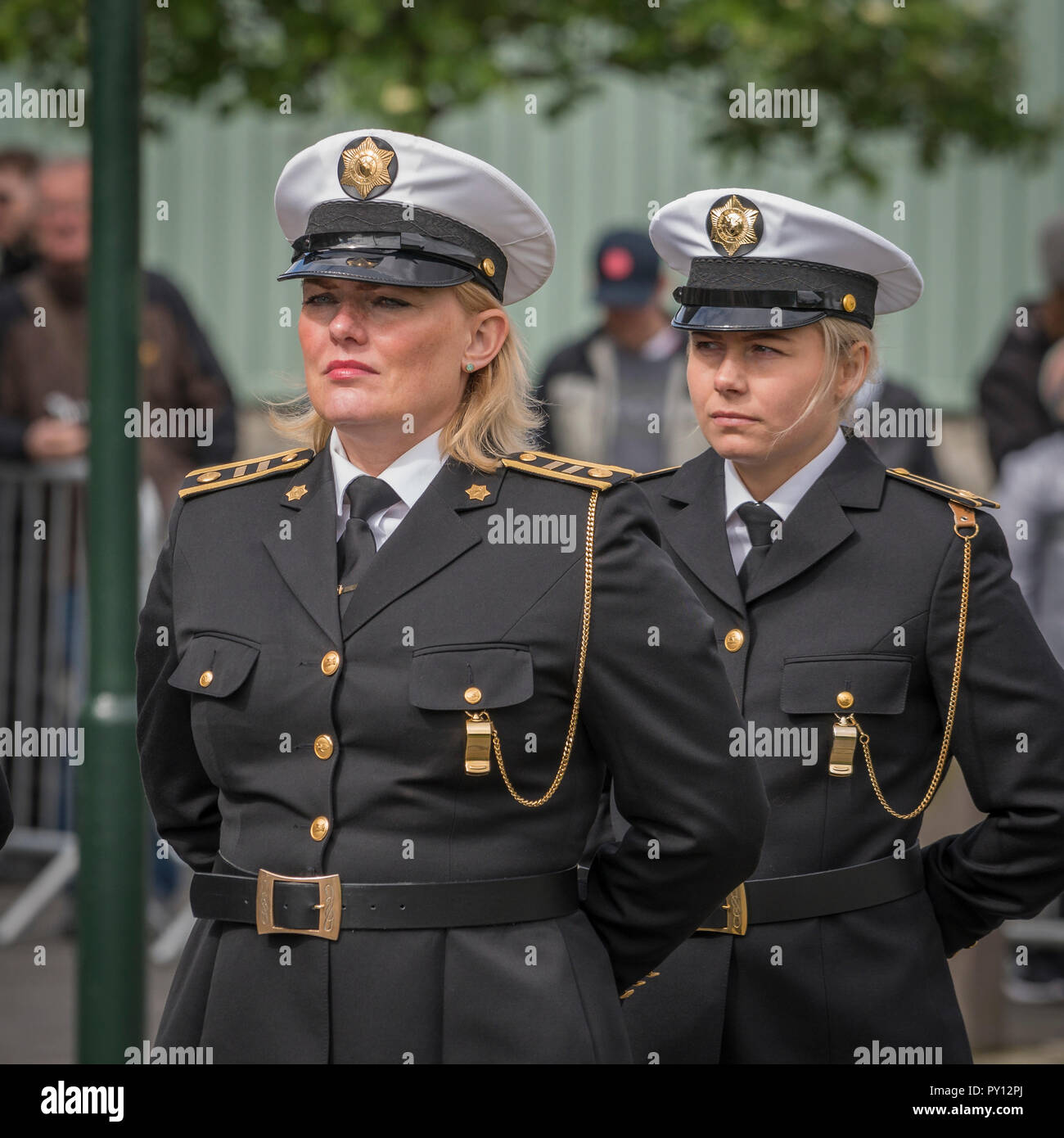Military Iceland - This case has several problems. Please help us improve it or discuss these issues on the talk page. (Learn how and what to remove these template messages)
This article needs to be updated. Please help update this article to reflect revised events or as new information becomes available. (December 2021)
Military Iceland

This requires additional or more specific categories. Please help it by adding categories so it can be listed with similar items. (December 2021)
National Military Forces With Flag On Background Conceptual Series
This text needs more sources to be valid. Please help us improve this article by citing reliable sources. Unsubmitted materials may be objected to and removed. Find sources: "Defence of Iceland" – News · Newspaper · Book · Scholars · JSTOR (December 2021) (Find out how and where to remove this template message)
The Icelandic Defense Forces consist of the Icelandic Coast Guard, which patrols Icelandic waters and monitors its airspace, and other services such as internal security units and the National Commissioner's Special Forces.
The coast guard consists of three ships and four aircraft and is equipped with light weapons, naval artillery and air defense radar stations.
The Coast Guard also maintains the Icelandic Air Defense System, formerly part of the decommissioned Defce Agcy, which provides ground-based surveillance of Iceland's airspace.
Another Italian First With The F 35: An Update On The Nato Iceland Air Patrol Mission Provided At The International Fighter Conference 2019
In addition, there is a Crisis Response Unit (ICRU) run by the Department of State, which is a small peacekeeping force that has been deployed internationally since 2008. This unit also has an unarmed component.
There is a treaty with the United States that maintains the Keflavik Air Station until 2006 in the defense of Iceland. The base, now operated by the Icelandic Coast Guard, is regularly visited by the US military and other NATO allies.
In 2017, the United States expressed interest in rotating a hangar to house a Boeing P-8 Poseidon ASW aircraft at the air base.

As well as the EOD exercise "Challenge of the North". In 1997, Iceland hosted its first Partnership for Peace (PfP) exercise, Cooperative Defense, the only multilateral PfP exercise in which Russia has ever participated. Another important PfP exercise was hosted in 2000. Iceland has also provided ICRU peacekeepers to SFOR, KFOR and ISAF.
The Icelandic Wartime Museum
Iceland has never been involved in a full-scale war or invasion. Furthermore, Iceland's constitution does not provide any mechanism for declaring war.
During the period from the settlement of Iceland in the 870s until it became part of the King of Norway's territory, Iceland's military defense consisted of several chieftains (Goðar) and their free followers (þingmn, bændur or liðsmn) based on standard Norse military doctrine. were organized. That time in expeditionary armies such as leidangr. These armies were divided into units based on the quality of warriors and on the basis of birth. By the end of this period, the number of leaders had decreased and their power had increased to the detriment of their followers. This led to a long and bloody civil war known as the Age of Sturlongs. A typical battle covered less than 1000 meters.
Amphibious operations were an important part of warfare in Iceland during this period, especially in the Westfjords, but large naval assets were rare. The largest of these ships, known as Floabardagi, consisted of several dozen ships in Honafloi (cove).
In the decades before the Napoleonic Wars, the few hundred militias in southwest Iceland were mostly armed with rusty and largely obsolete medieval weapons, including 16th-century halberds. When the invaders arrived in 1808, and sank or captured most of the Danish-Norwegian navy at the Battle of Kofag, Iceland's supply of gunpowder was so meager that Iceland's governor, Count Trump, was unable to put up any resistance.
U.s. Army Chaplains In Iceland On 14 July 1943
In 1855, the Icelandic army was re-established by Andreas August von Kohl, Sheriff of Vestmannajjar. In 1856, the king provided 180 rex dollars for the purchase of guns, and another 200 dollars the following year. The sheriff became the captain of the new army, which became known as Herfilkingin "the battalion". In 1860, von Kohl died and Petur Bjarnas took over the command. Nine years later, Biarnas died without naming a successor, and the army fell into disarray.
In 1918, Iceland gained its sovereignty as a separate kingdom under the King of Denmark. Iceland soon established a coast guard, but it was financially impossible to raise a standing army. The government hoped that the country's permanent neutrality would protect it from invasion. But with the outbreak of World War II, the government was worried about a possible invasion and decided to expand the Icelandic National Police (Ríkislögreglan) and its reserves into a military unit. Police chief Agnar Kofod Hans was trained in the Danish army and moved to train his officers. Weapons and uniforms were acquired and rifle shooting and military tactics were practiced near Lagarvatn. Hans barely managed to train his 60 officers before the British invasion of Iceland on May 10, 1940. Agnar wanted to expand the force, but Iceland's Minister of Justice rejected his proposal.
In mid-1941, while the United States was still neutral, it took over the occupation of Iceland from Britain, but not with Iceland's consent. The deployment of US forces in Iceland continued well after the war and was eventually codified in the Agreed Minutes. In 1949, Iceland was one of the founding members of NATO and was the only member without a standing army and joined NATO on the condition that it did not create an army. However, its strategic geographical location in the Atlantic Ocean makes it a valuable member. The expansion of Iceland's forces then dealt mainly with the Icelandic Coast Guard, which saw a series of engagements with British fishing vessels and Royal Navy warships known as the Cod Wars. None of the fertilizer wars meet any of the common thresholds for a conventional war and can be more accurately described as militarized interstate conflicts.

The Icelandic Defense Force (IDF) was a military command of the United States Armed Forces from 1951 to 2006. The Israeli army, created at the request of NATO, was born when the United States signed an agreement to provide for the defense of Iceland. The Israeli army also consisted of Icelandic civilians and soldiers from other NATO countries. The Israeli military was downsized after the end of the Cold War, and the United States Air Force maintained four to six interceptor aircraft at Keflavik Naval Air Station until they were retired on September 30, 2006. Patrol Iceland's airspace as part of the Icelandic Air Police mission.
Northern Viking Defense Exercise In Iceland
During the Icesave dispute with the British and Dutch governments, Iceland stated that British patrols of its airspace were not appropriate given the situation, and subsequently on 14 November 2008, the UK was forced to withdraw its patrols and defense of Icelandic airspace, which Before the dispute started in December 2008.
After the withdrawal of US forces in 2006, Iceland reorganized some of its military infrastructure in the form of Defense Iceland (Varnarmálastofnun Íslands), which was established in 2008.
Under the Minister of Foreign Affairs, AGCY took over operations at Keflavik Air Station, but it was closed in 2011 following the economic crisis, and its functions were distributed among existing agencies.
Shortly after Iceland regained its sovereignty in 1918, the Icelandic Coast Guard was established. His first ship, a former Danish research vessel, was armed with a 57 mm gun. The Coast Guard is responsible for protecting Iceland's sovereignty and vital interests, including its most valuable natural resource, its fishing grounds, as well as providing safety, search and rescue services to Iceland's fishing fleet. In 1952, 1958, 1972, and 1975, the government gradually extended Iceland's exclusive economic zone to 4, 12, 50, and 200 nautical miles (7, 22, 93, and 370 km). This led to a conflict with Britain, among other states, known as the "Manure War". The Icelandic Coast Guard and the Royal Navy have met many times over the years. Although few shots were fired, there were many intense moments. Today, the Coast Guard is Iceland's main combat force, equipped with armed patrol ships and aircraft, and participating in peacekeeping operations overseas.
The Italian Task Force At Keflavik Has Achieved The Foc And The F 35s Have Started Safeguarding Iceland's Airspace
The Coast Guard has four vessels and four aircraft (one fixed wing and three helicopters).
The Icelandic Air Defense System, or Íslska Loftvarnarkiertam, was established in 1987 and operates four radar complexes, a software and support center, and a command and signal center. It is part of the Coast Guard.
Iceland's NATO allies also regularly deploy fighter jets to patrol the country's airspace as part of Iceland's air police mission.

The Icelandic Crisis Response Unit (ICRU) (or Íslska friðargæslan or "Icelandic Peace Guard") is an expeditionary peacekeeping force administered by the Ministry of Foreign Affairs. It is manned by personnel from other Icelandic services, both armed and unarmed, including the national police, coast guard, emergency services and health system. Due to the military nature of most ICRU missions, all members receive basic infantry combat training. This training was often carried out by the Norwegian Army, as well as by the Coast Guard and Special Forces
Programme For State Visit From Iceland
Military, iceland military strength, military base iceland, military base in iceland, us military iceland, us military presence in iceland, military lodging iceland, iceland military discount, iceland no military, us military in iceland, military in iceland, does iceland have a military

0 Comments